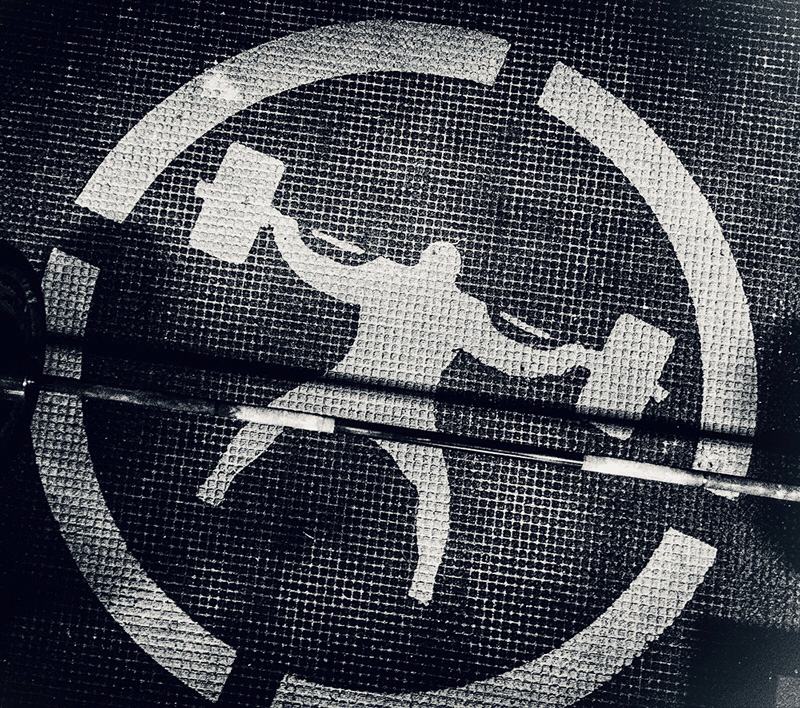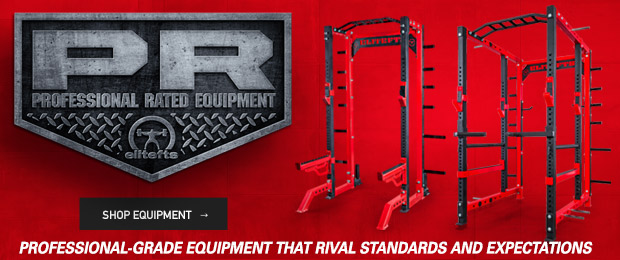
Wednesday 08.21.19
Since last weekend was lighter lower work and since I won't be training this weekend (family obligations) I decided it would be a good day to work up in weight doing block pulls.
I usually do block pulls with a conventional deadlift stance and with the bar resting just below my knee. I feel good activation in my mid and upper back and strong recruitment from my hamstrings and glute at lockout.
I worked up to 405 doing triples
495 for a double
continued up to 800 doing singles. I was very pleased with this
walking lunges - 50' trips
1 trip bodyweight
2 trips holding 25-pound dumbbells
hanging leg raises
3 sets of 20 reps









